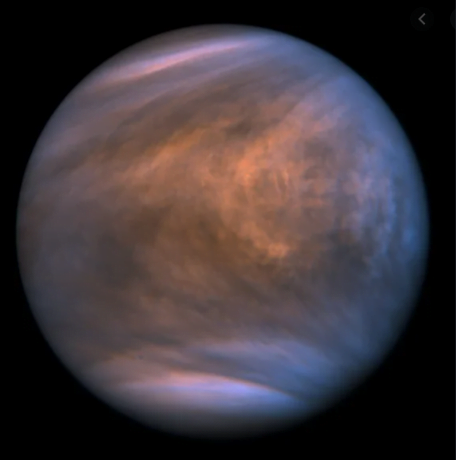Phosphine in Venus’ Atmosphere
The quest for signs of extraterrestrial life has captivated scientists and space enthusiasts for decades. In an intriguing development, a team of scientists made an astonishing discovery in the atmosphere of Venus.
Phosphine: A Surprising Revelation
In a groundbreaking revelation, the research team uncovered the presence of phosphine gas in the atmosphere of Venus. Previously, phosphine had been detected in the clouds of Venus, but the new study delved deeper, using the James Clark Maxwell Telescope (JCMT) located at the Mauna Kea Observatory in Hawaii.
Microorganisms and the Generation of Phosphine
On Earth, microorganisms residing in low-oxygen environments generate phosphine. The new study drew a fascinating parallel, suggesting that the emergence of phosphine in the lower levels of Venus’ atmosphere may be attributed to similar microorganisms. This discovery has sparked intrigue and led to the notion that phosphine could serve as a potential biosignature in other worlds.
The Significance of Phosphine in Other Worlds
The presence of phosphine in other worlds offers tantalizing possibilities. Its detection could signify the existence of life forms capable of generating this gas through unique biological processes. While phosphine alone does not confirm the presence of life, its identification raises intriguing questions and warrants further investigation.
Exploring Alternative Sources
Some scientists propose an alternative hypothesis, suggesting that phosphine could be created through the erosion of phosphorus-bearing rocks in Venus’ high atmosphere. This process, involving water and acid, could release phosphine gas, mimicking a potential biological origin. However, the extent of this mechanism and its contribution to the phosphine levels remains uncertain.
The Search for Life on Venus
The initial detection of phosphine in the atmosphere of Venus provided the first hint of the possibility of life on the planet. This discovery ignited scientific curiosity and initiated further exploration into the nature of Venus’ atmosphere. While additional research is needed, this breakthrough emphasizes the need for continued investigation of the potential habitability of other celestial bodies.
Month: Current Affairs - July, 2023
Category: Science & Technology Current Affairs


